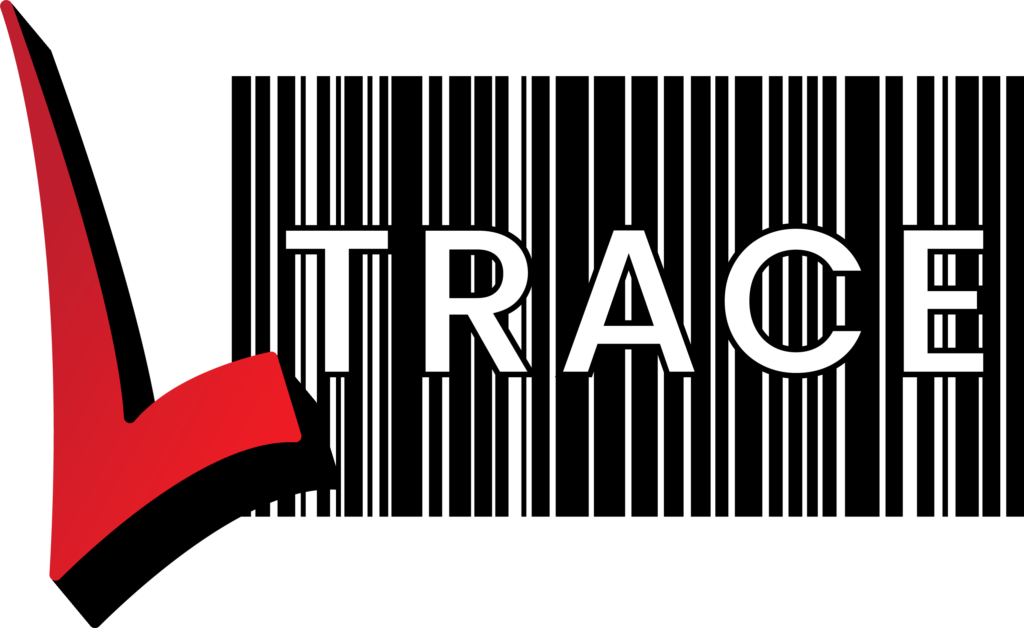Traceability
From CSSD to patient and back
What information is required?
By recording some key facts it is possible to provide comprehensive traceability. This information includes:
- which decontamination load items were washed in
- which sterilisation load the items were sterilised in
- for stock, identification such as a batch number, use by date etc
- which patient(s) used the item
Benefits
With this information it is then possible to:
- track an unclean item back to its decontamination or sterilisation batch and find all other items that may not be clean
- track all items from a particular batch forwards to the patients that used them
- track all items that were used on a specific patient
- track these items back to the previous patients that used them for trying to find the source of an infection
- track these items forwards to the following patients that used them for trying to find out who may have been infected
What must be identified?
To achieve this traceability:
- an item must be uniquely identified to be able to trace it from one patient to the next
- an item must be uniquely identified each time it is decontaminated/sterilised to be able to track it back to the batch
In most hospitals there will be a mix of the two. Some items will be individually identified by such means as a barcode on the instrument/tray, etched identification, serial number etc. These items can (and often must) be traced from one usage to the next.
Other items, such as kidney bowls, may not be individually identified. Instead they can be traced back to a decontamination/sterilisation batch for guaranteeing that they are decontaminated/sterilised.
The final step of traceability is to what level the items are tracked. Some hospitals keep the same instruments on the same tray at all times and are not concerned with scanning individual instruments each time.
Other hospitals may separate instruments at the end of the surgery but need to ensure they end up back on the correct tray. In this situation, it is critical that individual instruments are also uniquely identified.
CJD Reporting
CJD reporting requires being able to track any instruments used on an infected patient:
- back to previous patients if trying to determine the source of infection, or
- forwards to successive patients if trying to determine who else may have been infected
In both cases it is critical to be able to uniquely identify instruments within the system. All high risk instruments need to be uniquely identified within the system.
It is also important to have a process in place that ensures that the same instrument is kept with the same tray.
More Information
The following article provides a detailed discussion on traceability. Click here for the article.
If you have any questions please feel free to contact us at [email protected].

